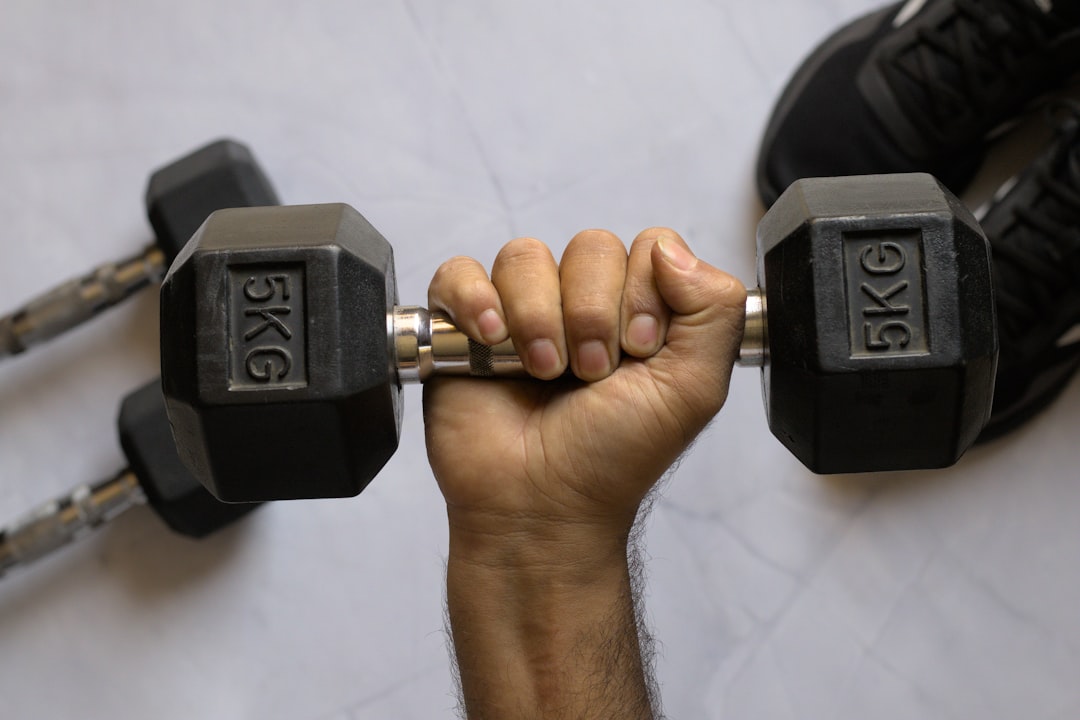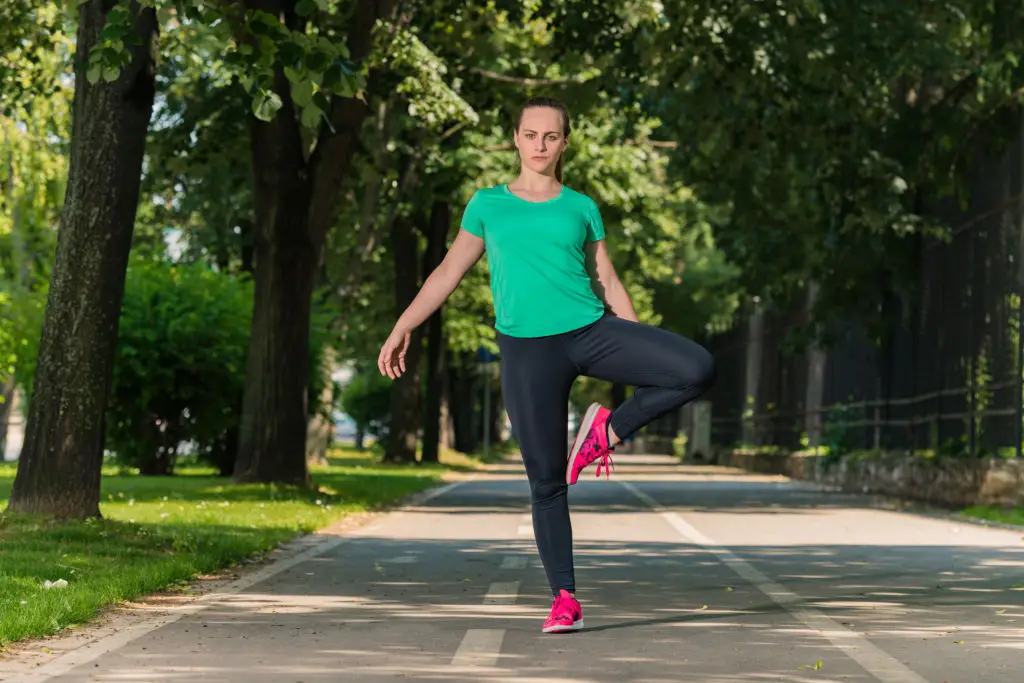12 Balance-Building Habits That Will Keep Your Body Strong and Steady for Life
Have you ever caught yourself wobbling a bit when standing up too fast, or felt a flicker of uncertainty stepping off a curb you never thought twice about before? You’re in good company. Our sense of balance doesn’t vanish overnight—it shifts quietly, asking for gentle attention as the years go by. The good news? Your body is remarkably adaptive, ready to respond to even the smallest steps of self-care. That’s what this journey is all about: swapping the myth of sudden decline for simple, science-backed habits that keep you confidently steady through every season of life. Balance isn’t a single skill—it’s a collection of daily choices, from the way you move to how you rest, eat, and even set up your living space. Whether you want to rediscover that spring in your step or simply feel stable reaching for your favorite mug, these 12 habits are here as gentle companions. Each is supported by experts, grounded in real research, and designed to fit into everyday routines. Let’s explore the practical, holistic steps you can take right now to stand taller, move more freely, and honor the strength you’ve been building all along.
1. Strength Training for Your Foundation

Building a steady, resilient body starts from the inside out—and nothing shapes that foundation quite like strength training. Certified personal trainers like Herve Doliska, CPT, call resistance exercise “the number one habit” for enhancing balance and stability. Why? When you challenge muscles with weights, resistance bands, or even your own body weight, you trigger deeper coordination across your whole system. Studies show that only about 30% of U.S. adults get the recommended dose of strength work each week—leaving plenty of room for small victories! The best part? You don’t have to become a gym regular or lift heavy to reap big benefits. Focus on 2-3 days per week, weaving in pushes (think wall or countertop push-ups), pulls (like rows with a resistance band), and leg movements (such as sit-to-stand from a sturdy chair). Start with a couple of easy repetitions, making sure you can always finish with two in reserve. As your muscles get stronger, the body quietly learns better timing and coordination—meaning those quick direction changes or sudden turns become much less of a wobble. Remember, consistency is more important than intensity: it’s the habit itself, not the size of the dumbbell, that keeps you grounded for the long haul.
2. Single-Leg Stands—Mastering Your Steady Base

Ever notice how children can stand on one foot without a second thought? Reclaiming this skill isn’t just playful—it’s crucial for recalibrating balance and strengthening the mind-body connection. Trainers like Michael Betts, CPT, point out that wobbles show up quietly, with tiny hesitations long before a big misstep. Practicing single-leg stands—at a counter or sturdy chair—is a gentle way to restore your “silent alarm system,” also known as proprioception. Try standing on one foot for 20-30 seconds, then switch sides, working up to a minute as you gain confidence. At first, use a finger for support, keeping your gaze straight ahead rather than on your toes. This small shift engages deep stabilizing muscles and quickly tunes your nervous system for subtle adjustments (like those unpredictable moments reaching for a high shelf). As days go by, you’ll likely notice not just steadier steps, but growing assurance in moving through every part of your world—one foot at a time.
